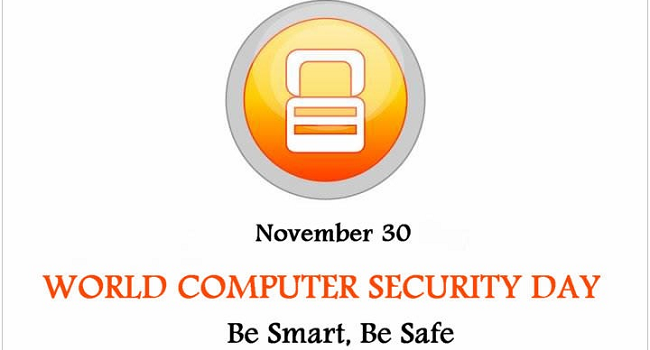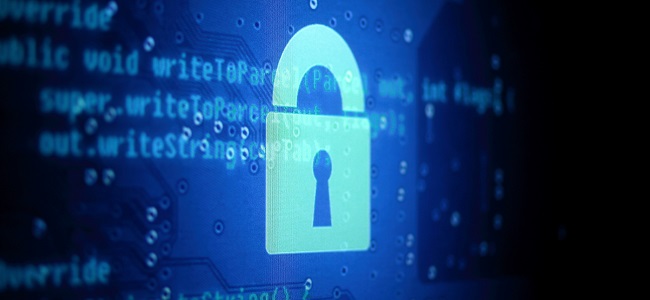E-safety is vital for pupils from the age of four. From this age the vast majority of children in our country are having regular access to the internet via tablets or smartphones. Everything and everyone has an ‘app’, and creating apps and games for children is big business. How do we protect our children in a developing, potentially unsafe, world? How do we future-proof our children in a digital world?
E-safety is somewhat of a hot topic in schools as it's an ever-shifting playing field. As schools we have a duty of care to keep our children safe, whether that is online or in ‘real life’. Safeguarding is the key area that Sean Harford highlighted as a priority for Ofsted teams, and rightly so. Parents want to know that we are doing our best to keep their children safe.
Effective online safety provision requires a marriage of policy and practice: one without the other leaves staff and pupils lacking protection as they explore emergent technologies. Online safety is more than a tick-the-box exercise; its inclusion is a recognition that the way in which our pupils learn, communicate and form relationships have changed in recent years. A number of years ago, back when ‘e-safety’ was still hyphenated, school management were undecided over whether this new consideration should fall under Curriculum or Pastoral; however, it quickly became apparent that it was to be an essential element of both.
When it comes to internet safety, we teachers are learning all the time. We know that when young people are not safe, cyber-bullying can be fatal. This report illustrates the figures with 4,400 young people committing suicide every year. Many educators are realising that the internet was “not designed with children in mind” and that age restrictions and privacy settings are not enough to keep young users safe.
How many hours do you spend online? This was a classic question that, not so long ago, was at the heart of any e-safety lessons which took place in a school environment. This question is now awfully outdated because, as a society, we live in an interconnected world whereby we are always at some point in our day connected to this thing we call the Internet. This change in society has progressed at a rate quicker than technology has perhaps progressed, and these changes pose great difficulties for young people as to how they become part of this digital world. For us as educators, we have a fundamental role to play with how we help young people to embrace this digital world in a safe and secure manner.
With 30th November marking Computer Security Day, it’s important for schools to know how to fully secure themselves against cyber-threats. Alan Mackenzie, a veteran e-safety consultant, talks us through the top 10 points school staff need to consider when it comes to staying e-safe.

Security has been a hot topic this last couple of weeks, with the most reported story being that of the website hosting live webcam streams of hundreds of devices whose account details had been hacked. The word ‘hacked’ is misleading in this respect, as it suggests a certain amount of effort by the perpetrators, however one could assume that many (all?) of those devices had been left at their default settings, including username and password.
Getting computer security right in a school is much trickier than doing so in a business. How much money can you spend? How much time can you devote to the problem? Should you have a regime in which you enforce, or merely guide? How do you win the cooperation of parents, principals and students? Security expert David Booth discusses the principles of information security for schools.

[As seen in the June 2014 edition of our magazine]
1. Understand Your Risk
Identify your most sensitive information and mark documents containing this data clearly as “confidential” or similar. Decide who is responsible for managing the risk. Work out how much risk you face and how much risk you want to take. Allocate security responsibilities clearly to other staff and ensure staff understand the importance of working securely.
Chances are, your school uses a large amount of internet-connected devices during its daily business. How best to go about ensuring that everyone using them stays e-safe? Charles Sweeney, CEO at Bloxx, gives his top tips for keeping yourself covered.

The rapid, pervasive and unrelenting nature of the internet’s impact on the curriculum means that schools and other educational establishments have had to rapidly understand this changing environment. Balancing the great potential of the web with its inherent risks isn’t easy. In fact, the latter can sometimes seem overwhelming. Understanding the cybersecurity ecosystem and how it works is vital to helping educators identify what steps they need to take to protect young people.

In its recent revision of the guidelines for inspection, Ofsted stated schools must seek to protect and educate pupils and staff in their use of technology. This includes having the appropriate mechanisms in place to intervene and support any e-safety incidents. A school’s network infrastructure, and more importantly the data on it concerning pupils, staff and core admin functions, is arguably its key asset. As such, any e-safety plan needs to extend to the appropriate protection of confidential data.
Ofsted has stated that one indicator of inadequate performance is through unsecured personal data and leaving school websites without adequate encryption. If lost or stolen, the impact upon a school’s finances or reputation can be severe. So how should an adherence to compliance be addressed?

A community-driven platform for showcasing the latest innovations and voices in schools
Pioneer House
North Road
Ellesmere Port
CH65 1AD
United Kingdom